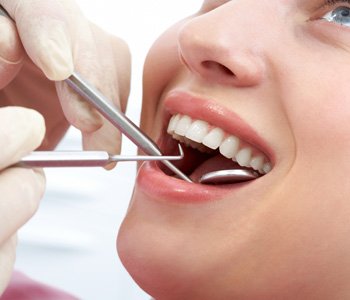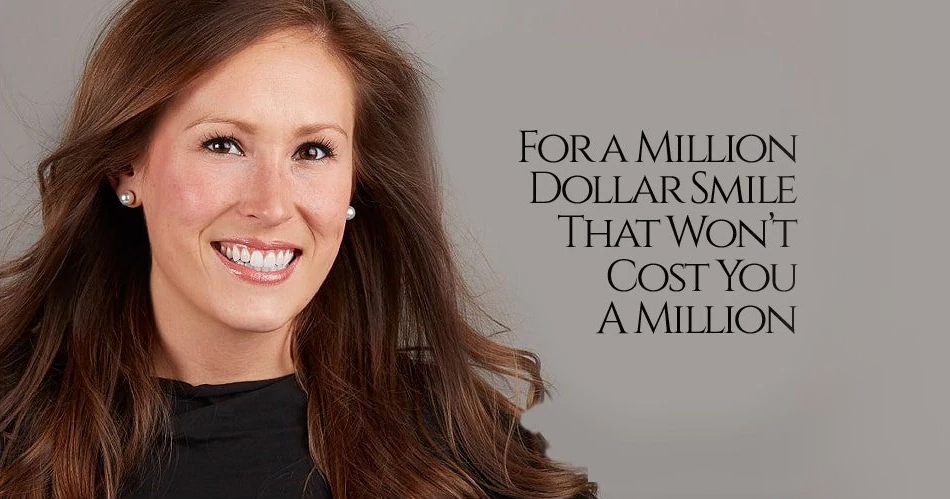
06
Nov

Dental crowns play an important part in dentistry. They are used in a variety of situations, including the repair of a natural tooth, the coverage of imperfections, and the restoration of a dental implant. When patients are introduced to the concept of placing a dental crown over a natural tooth, many have a variety of questions. What is the purpose of a dental crown? Why is a dental crown right for me? What types of dental crowns are available? During an appointment with Dr. Clint Bruyere of the Longview area, patients can have these questions answered!
During an initial consultation appointment, Dr. Clint Bruyere may bring up the idea of placing a dental crown to restore a tooth. His practice typically focuses on providing all porcelain or porcelain fused to metal crowns. Porcelain crowns are strong and beautiful. Porcelain is commonly used in many dental restorations as the material looks just like the natural teeth and can provide an aesthetic benefit to anything done with the smile. However, when patients need to protect their natural tooth with optimum strength, especially if they experience dental concerns such as bruxism (clenching and grinding of the teeth), they may benefit more from porcelain fused to metal crowns. They use a metal base for strength, which is covered with porcelain for aesthetic appearance. Both are effective in repairing the smile and are easy to care for.
Dr. Clint Bruyere discusses with patients the options available to them and can help them learn more about crowns and their place in cosmetic and general dentistry. Crowns are easy to place, requiring the removal of some of the natural enamel for a precise fit. Impressions are made of the tooth after preparation, a ceramist uses these molds to fabricate the crowns, and patients return to the dental office to enjoy the final placement of their crown. The entire process takes three to four weeks from start to finish.
Patients in the Longview area who have questions about dental crowns are welcome to come to the practice of Dr. Clint Bruyere to learn about the many ways in which these restorations can repair and restore the smile.
Share This Article
The Man Behind the Mask:
Dr. Bruyere graduated from Texas A&M whilst finishing at the Baylor College of Dentistry. He possesses a fellowship with the Academy of General Dentistry and 30 years of experience in dentistry.Dr. Bruyere enjoys keeping up with the latest information on dental products, treatments and techniques whilst providing the best quality dentistry to his patients.


